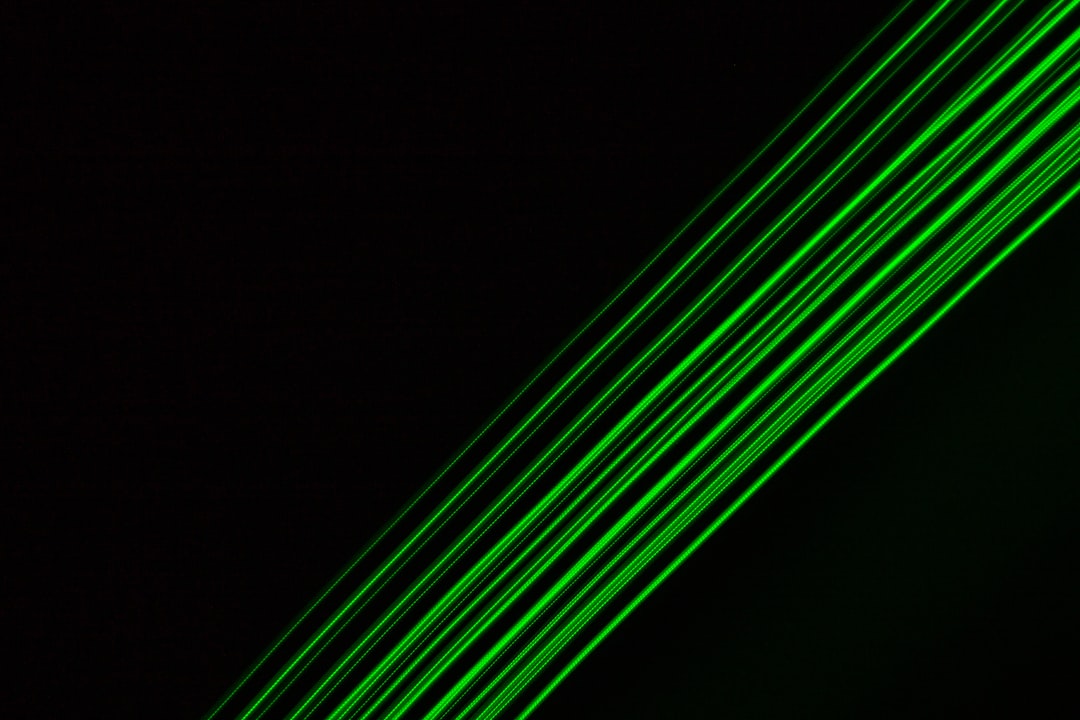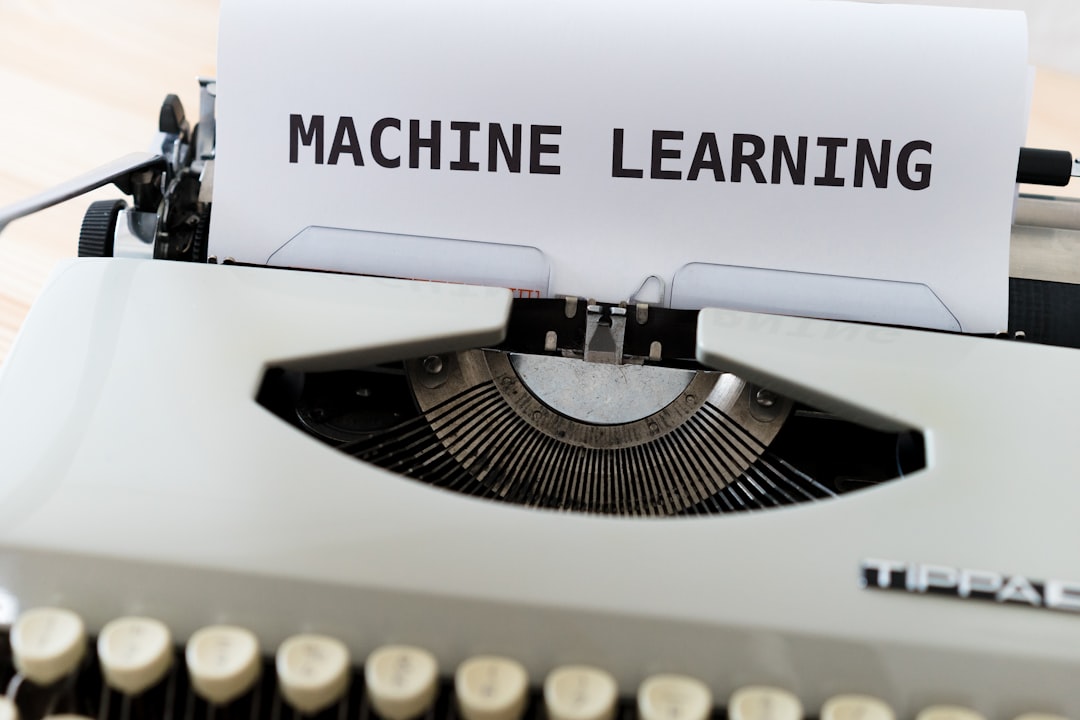What is it about?
The earlier we detect outbreaks, the better our chances of stopping them. Often, health systems have mechanisms in place to detect and test people with infections of concern. But this approach can be slow or incomplete. Lack of resources is often a factor. To overcome this shortcoming, experts spend considerable efforts scanning Internet media for evidence of potential outbreaks. This is a time-consuming process. Only a fraction of the content read is relevant. We propose a workflow for how AI can help in screening Internet media, describing the necessary steps from automatically scraping news articles from relevant sources, using AI to extract key information from these articles (such as disease, country, affected individuals), and scoring their relevance based on previously flagged articles. Using explainable AI, EventEpi shows you why an article was rated as (not) relevant. EventEpi helps prioritize and accelerate the review process for experts.
Featured Image

Photo by Martin Sanchez on Unsplash
Why is it important?
Although systems like EventEpi exist, they often do not learn from user preferences. These disease monitoring systems select articles using keyword-based approaches that select many non-relevant articles. They also typically don't summarize articles well, requiring experts to skim the article for the most important information. EventEpi addresses these issues by using expert annotations and providing a relevance score and summary of key information for each article.
Perspectives
This work started before the pandemic. The field was small and the contributions from the AI community were tiny. My hope is that with the awareness brought by the pandemic, more AI researchers will look at AI-enabled surveillance. When they look at this work, I wish they would say, "Hey, I can do better," and bring today's state-of-the-art AI to public health.
Auss Abbood
Robert Koch Institute
Read the Original
This page is a summary of: EventEpi—A natural language processing framework for event-based surveillance, PLoS Computational Biology, November 2020, PLOS,
DOI: 10.1371/journal.pcbi.1008277.
You can read the full text:
Contributors
The following have contributed to this page










